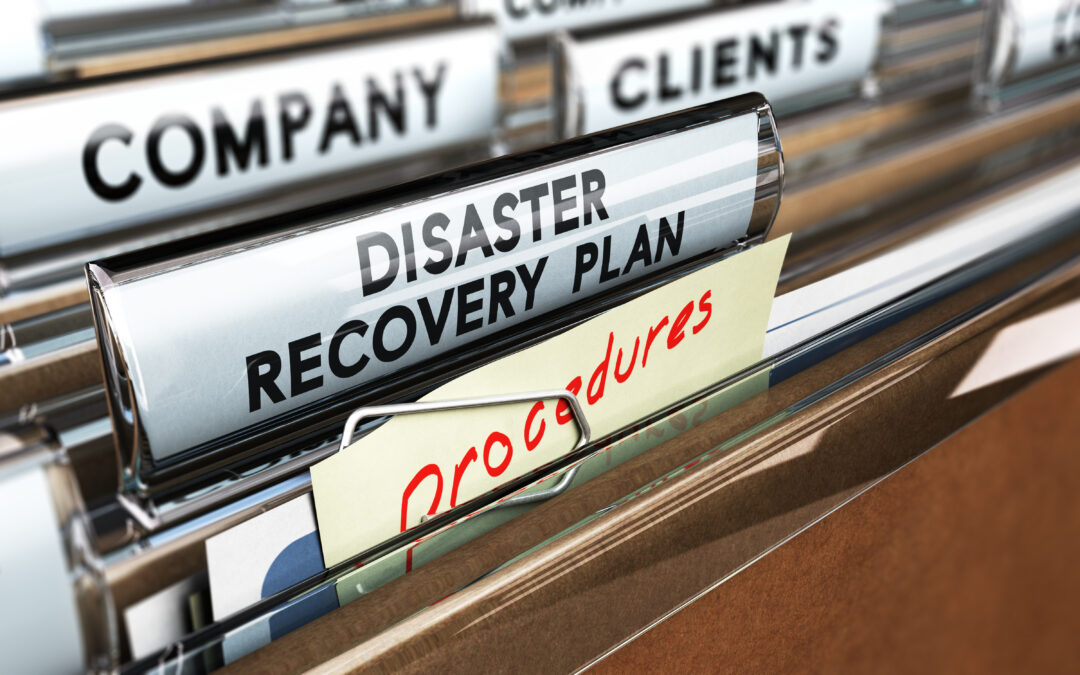Having a continuity system in place for your small business should be essential to your financial plan, but not all companies pursue this strategy. According to PC Magazine, the Insurance Information Institute reported less than 40 percent of businesses are able to get back on their feet after a full-scale disaster, but those who manage to do it are afforded a golden opportunity to make the most of the business they lost and restore it as something better.
Forging Continuity
Looking at all the data a company has to manage is daunting, but ask a financial planner how well you could get by without it and be prepared for a strong rebuff. Business information is as vital as it is valuable, making it a prime target for internal theft and external hackers. Paper files are usually not well-protected, as third-party storage centers require an individual unaffiliated with your company go through all your records should you need something faxed immediately. These systems are inefficient and outdated on their own, but in tandem with modern practices and a multi-pronged solution, they all add up to an effective continuity strategy.
Disaster Preparedness
According to a study by Symantec, only one-fourth of organizations, regardless of size, are adequately prepared for a disaster. The remaining businesses either lack a strategy entirely or have yet to even begin planning—leaving them vulnerable to significant disruptions. In fact, 22 percent of organizations surveyed admitted they have no disaster recovery plan in place at all. This lack of preparedness can be catastrophic, as a single cyberattack, system failure, or natural disaster could result in severe financial losses, legal consequences, and even permanent business closure.
Without a solid disaster recovery plan, companies risk losing critical payroll data, employee records, and financial transactions, leading to operational downtime and compliance violations. To mitigate these risks, businesses should implement secure backup systems, regularly test recovery protocols, and establish clear response strategies. Investing in data security and continuity planning ensures that, in the event of an emergency, payroll processes can resume smoothly, protecting both employees and the company’s financial stability.
Making the Best of Disaster
Those able to recover should look at the structures used to store data and see if there are any better practices available now than when you first established storage plans to be sure you have the best solution, AT&T recommended. Paper bank statements might help you track fraud if someone hacks your bank accounts, but online banking provides a much more effective and easier to access immediately than a physical statement. It also saves you time and money when trying to quickly track down problems.
Duff Goldman told Entrepreneur Magazine that this also provides companies an opportunity to review the customer end of your technology and service strategies. Make sure what you offer is what consumers want, from products and services to ease of sale and other essential elements, to be certain a relaunch is possible. And, of course, never let go of your dream. No matter how hard it might seem, recovery is possible with the right disaster preparedness.
Navigate the Future With First United Bank & Trust
Guide your company through times of hardship and success with the help of First United Bank & Trust. We offer professional financial services including business checking and business savings accounts that are a secure and flexible option. We also provide business loans and debit cards to help you reach your goals as a company.
Find a First United Bank & Trust community office near you today to get started!


